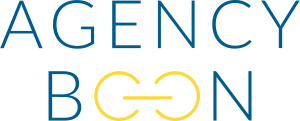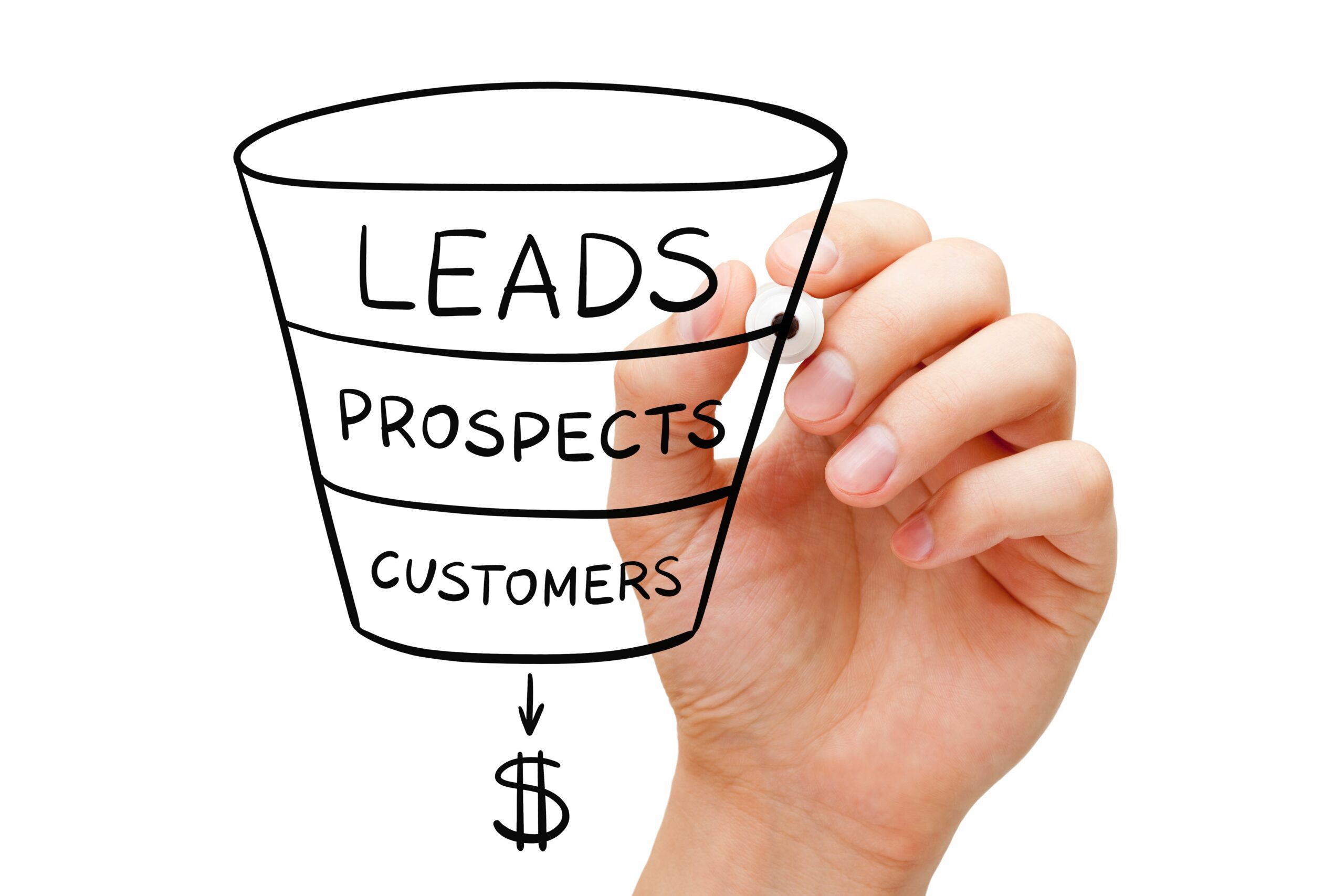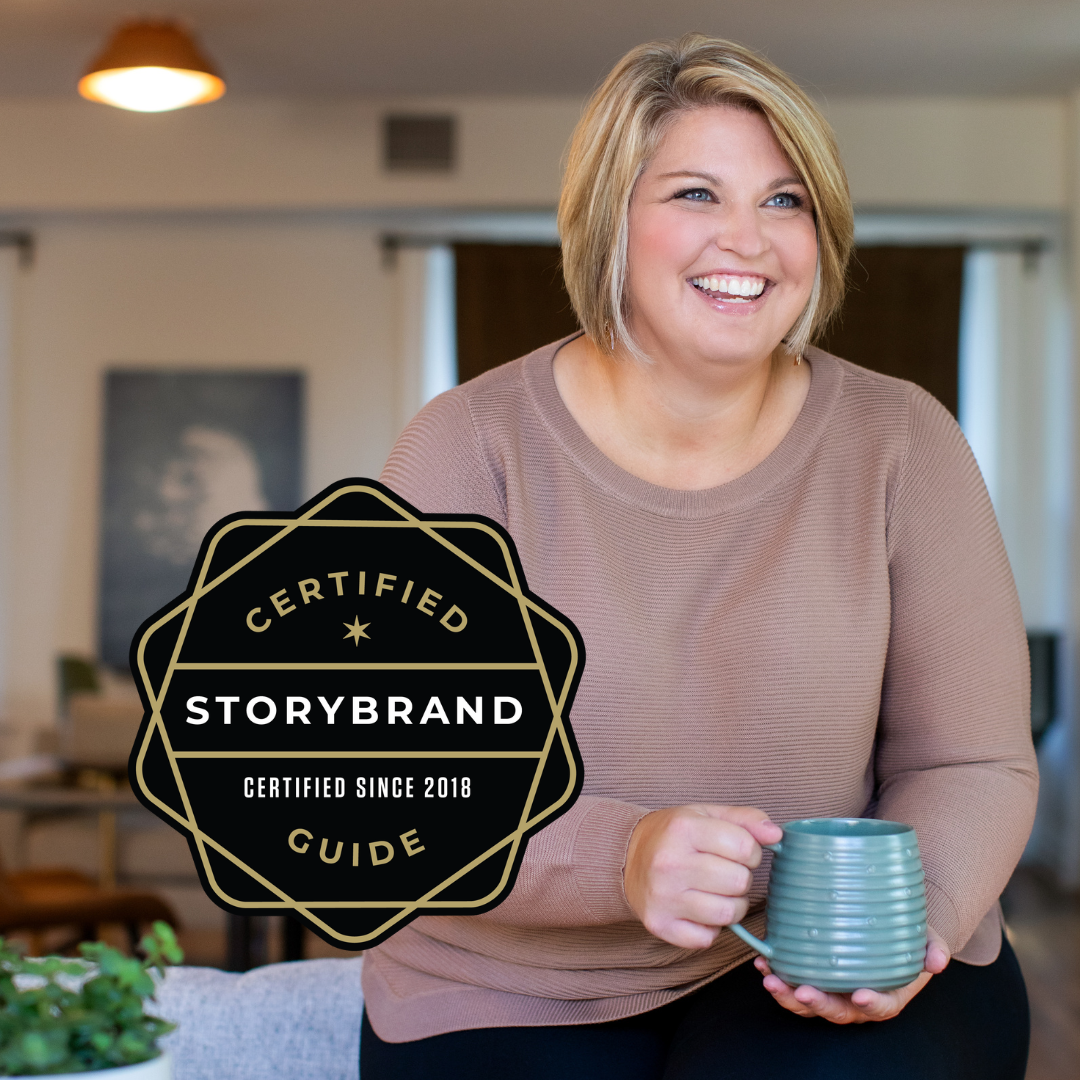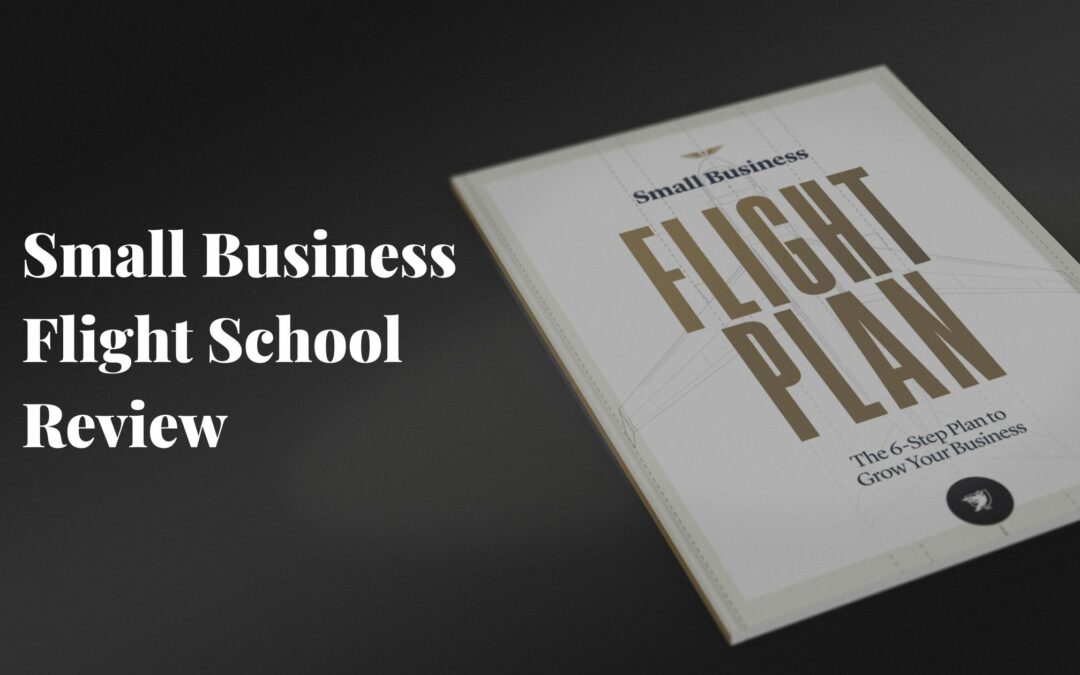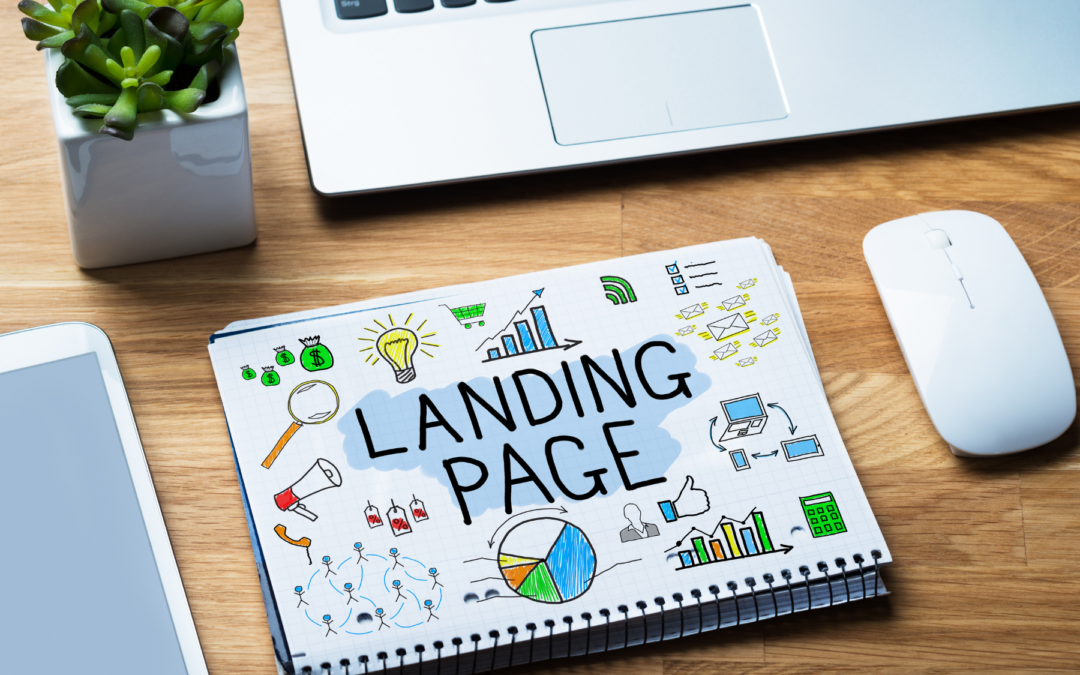Do you wish there was a magical formula to make marketing easy? According to Marketing Made Simple, there is. It is called a sales funnel. By following the sales funnel formula outlined in Marketing Made Simple, you can finally take the guesswork out of marketing and get a huge return on your investment. Learn how to effectively StoryBrand your sales funnel so that you can win clients without feeling pushy or sleazy.
The Marketing Made Simple Sales Funnel
In the Marketing Made Simple book, and course through Business Made Simple, Donald Miller outlines an effective sales funnel that will work for businesses of any size. The Marketing Made Simple Sales Funnel includes a:
- One-liner
- Website
- Lead Generator
- Sales Campaign
- Nurture Campaign
To help you effectively StoryBrand your sales funnel, we will briefly explain each piece of the sales funnel and how you can use it in your business.
It is important to note that the key to getting prospective customers to willingly enter into your sales funnel is to take the time to build a relationship with them. You can do this by piquing their curiosity and enlightening them with new information over time. This process will build trust in you, and your product, making people more likely to click that buy button. All of the pieces of this sales funnel are tools to continue deepening that relationship and building trust.
One-Liner
A great one-liner is the first step to effectively StoryBrand your sales funnel because it takes your clear, StoryBranded marketing message and distills it down to one concise paragraph, or phrase. Your one-liner will clearly explain how you help your target customer avoid failure and achieve success.
Ultimately, people don’t always buy the best product. People buy what they understand the fastest. Clear messaging will eliminate confusion in the human brain, allowing customers to understand how engaging with your company will easily help them achieve success.
However, you can’t write a one-liner until you take the time to go through the StoryBrand messaging framework and lay out your brand’s story. After completing your BrandScript, you will then summarize it in one concise phrase. Your one-liner should be a short, memorable message that clearly explains who you are and how you help. Although it can be tempting to be cute or clever when creating your one-liner, above all, you want it to be clear.
Tips for Writing a One-Liner
When writing a one-liner, you should follow this simple formula:
- Problem: Describe the problem you solve.
- Product: Explain how your product or service solves the problem.
- Result: Show how your customer will feel after you solve their problem.
Once you have your one-liner, you can use it on your business cards, the footer of your website, email signatures, social media, and any other marketing materials. With this powerful phrase, you can quickly and effectively tell potential customers exactly why they need your product or service in their lives.
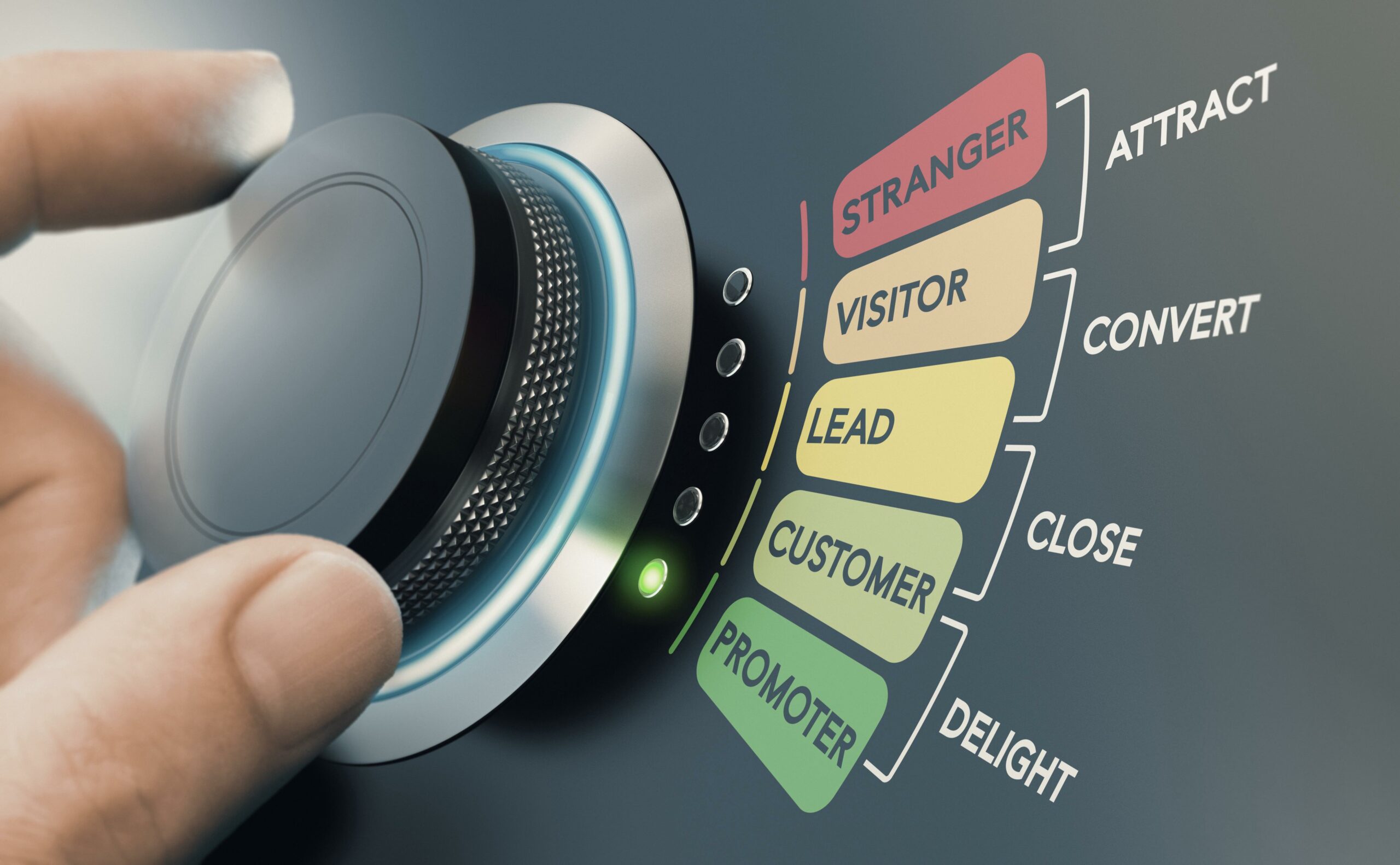
Website
The next piece of your sales funnel is your website. Although you want a beautifully designed website, you also want clear compelling words that will inspire action from website visitors and turn them into paying customers.
To create a website that converts, remember:
- People don’t read websites; they scan. Try to say more with less.
- Pictures are powerful. Use images to show how you make your customers’ lives better.
- Stay focused. Use your clear message throughout your website.
The Marketing Made Simple book and course both detail exactly what you should include on your website to draw potential customers into a compelling story, help them envision themselves achieving success with your products and services, and decide to become your paying customers.
However, if you don’t have time to create your own beautifully StoryBranded website, amazing websites are what we do best. We are always available to chat about how we can turn your website dreams into reality. It just takes a few minutes to schedule a call with one of our StoryBrand Certified Guides to learn more.
Lead Generator
The next essential piece of your sales funnel is a lead generator, or lead magnet. Not all of your potential customers will be ready to make a purchase the first time they hear about your product or service. Having a valuable free offering that you give them in exchange for an email address is a great way to ensure that you will be able to stay in touch and keep the relationship going.
On your website or landing page, you should have a lead magnet ad which provides the opportunity for potential customers to enter their email address and instantly receive the free asset you are using to generate interest.
When creating a lead generator, you want to be sure to:
- Focus on a specific problem.
- Provide valuable information that begins to solve the problem.
- Frame your product or service as the ultimate solution.
Donald Miller advises business owners to run ads pointing toward the lead magnet instead of the products and services. This will generate more leads and provide more time to nurture the relationship through email campaigns. You are much more likely to close sales relationships you’ve nurtured through email than you are through social media and other platforms. The return on investment (ROI) for email is an estimated 3800% while social media has an ROI of only 28%.
Sales Email Campaign
After a potential client signs up for your lead generator, they are automatically entered into a sales email sequence that explains exactly how your product or service will solve their problem for good.
However, you are not sending spam emails that coerce your target audience into buying. Your sales email sequence continues to enlighten potential customers, nurture relationships, and build trust. Your marketing copy should use the clear message that you created using the StoryBrand Framework and stay focused on the action you want your potential customer to take. Your email sequence should include six types of emails:
- Deliver the free offering.
- Describe their problem and position your product or service as the solution.
- Testimonials from happy clients.
- Overcome an objection that keeps customers from buying.
- Provide information that may shift the way people think about the problem.
- A sales letter, which is essentially your StoryBrand BrandScript explaining exactly why people need your products and services.
Nurture Email Sequence
Although after your six expertly crafted emails, many potential customers will have decided to purchase your product or service, not everyone will be ready. To stay in touch with those clients, you will create a nurture email sequence. This means you send out regular emails to reassure your target audience that you haven’t forgotten about them and are still available to meet their needs.
These emails should continue to enlighten readers, deepening the relationship and building their trust in you. Each email should focus on problems they face that your product or service can solve, along with helpful information that will begin to ease their pain.
Although you can find mixed advice about how often to send nurture emails, the most important piece of email marketing is to keep your emails concise, helpful and relatable. You could send emails every day and keep engagement if you are providing high-quality content. However, weekly or monthly nurture emails are the most common recommendation.
Ready to StoryBrand Your Sales Funnel?
With this six-step formula, you can grow your business, your revenue, and your reach with nothing more than a website and words. Sales funnels are a relatively inexpensive but amazingly effective way to market your product or service without being pushy.
If you’d like to effectively StoryBrand your sales funnel but this sounds like more work than you can take on, contact us today to speak with one of our Certified StoryBrand Guides. As a full-service marketing agency, we can help with the creation and setup of your entire funnel for you so that you can focus on running your business.
